
views
Embroidering Effectively
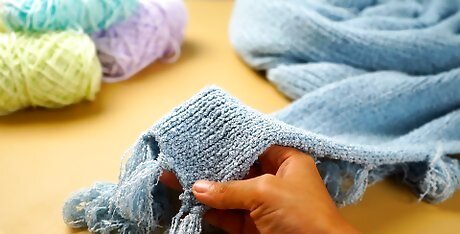
Work on a single crochet or Tunisian crochet piece of fabric. Some styles of crochet pattern hold embroidery better, especially if the stitches make a tight, grid-like pattern. Choose a single crochet or Tunisian crochet project to embroider so it's easier to work a detailed pattern. Crochet a few practice swatches if you'd like to get comfortable with embroidering before moving on to a larger project.

Use an embroidery needle to create detailed designs. It is possible to embroider with a small crochet hook, but an embroidery needle gives you more control and it doesn't widen gaps between your crochet stitches. Choose an embroidery needle that has a large eye and sharp point. It's hard to use a standard sewing needle since the eye is too small to thread yarn or embroidery floss.

Choose yarn for a rustic style or embroidery floss for a polished look. If you're embroidering a large project with thick yarn, use yarn to embroider so it stands out against the crocheted piece. To embroider a smaller crocheted work like a stuffed animal or a shawl, use embroidery floss in a color that stands out against the crocheted stitches. Remember that you can double up the strands of embroidery floss for thicker embroidery stitches.
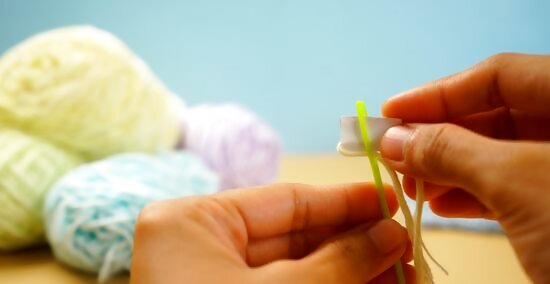
Fold the yarn end between paper to make it easier to thread your needle. It can be tricky to push yarn through the eye of a needle even if you're using an embroidery needle. For a time-saving trick, fold a ⁄2 inch (1.3 cm) square of paper in half so it can fit through the needle's eye. Open the paper so you see the crease and lay your yarn tail in the crease. Fold the paper shut and press firmly as you push it through the eye of the needle. If the paper doesn't fit through the eye, trim it down until it does.
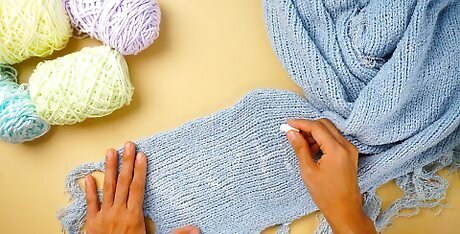
Sketch a design onto the crochet piece if you want guidelines. If you're only embroidering a few small embellishments, you can probably do them freehand. For a larger embroidery pattern, use fabric chalk to draw the design right onto the crocheted fabric. This washes out once you've finished embroidering the piece. Avoid using wax pencils since the wax is difficult to wash out of the yarn.
Making the Surface Slip (Chain) Stitch

Make a slip knot and attach it to a crochet hook. Pull out a 6 in (15 cm) length of yarn and form a slip knot. Slide it onto a crochet hook that's the same size as the hook you used to make the crocheted piece. Pull the end of the yarn to make a loose slip knot. Don't pull the slip knot tightly since you're going to take the slip knot off of the crochet hook.
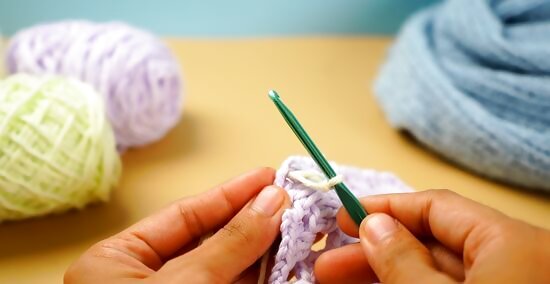
Remove the slip knot and attach it to the back of your crocheted piece. Carefully slide the hook away from the slip knot and hold the loop so your knot doesn't come undone. Keep it at the back of the work. Decide where you'd like to start embroidering and push the empty hook through the front of the crocheted work and grab the slip knot's loop at the back. Then, pull the slip knot through the crocheted fabric to the front so the loop stays on your hook. Insert your crochet hook through a gap in the crochet stitches so you don't split them. The knot stays at the back of the crocheted piece so it's not visible.
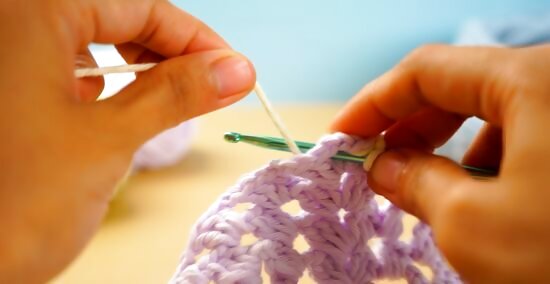
Push the hook through the fabric and wrap the yarn around it. Keep the loop on the hook and insert it where you'd like to make your slip stitch. Push the hook into the gap between stitches instead of through the yarn itself. Then, grab the working yarn with the hook. You might work the slip stitch into the crocheted stitch that's above, below, to the side, or diagonally from your starting point.
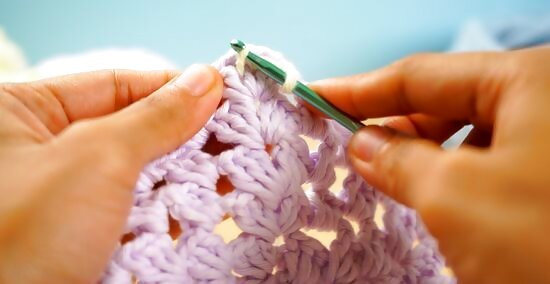
Pull the yarn to the front and through the loop to make a slip stitch. Draw the yarn through the crocheted piece to the front. Keep pulling your hook through the slip knot loop and pull the working yarn gently to tighten the stitch. This makes 1 surface slip stitch. The slip stitch is also called a chain stitch since each loop on the surface looks like a chain.
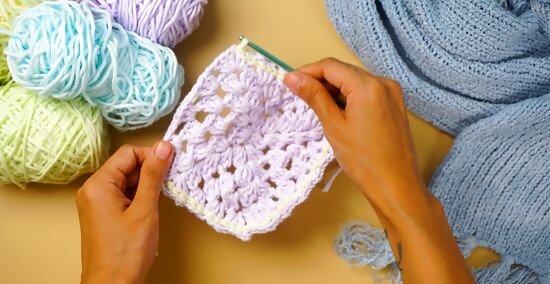
Work as many surface slip stitches as you like. Insert your hook down into the stitch that's next to the one you just made. Remember that your next stitch can be in any direction. Grab the yarn at the back with your hook and pull it to the front of the fabric. Bring it through the previous loop and pull gently to make another slip stitch. Make a row of slip stitches on the sides of your crocheted piece to frame the work or use slip stitches as edging for a blanket, for instance. Keep your stitches loose so they don't make the crocheted fabric pucker. Work a row of slip stitches to make a letter. Leave a space between letters if you'd like to create a word using slip stitches.
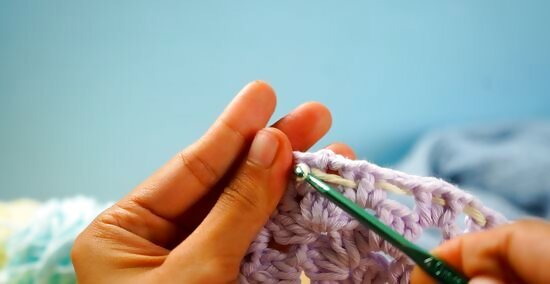
Tie off the yarn and bring it to the back of the work to finish the slip stitches. Once you're done with all the slip stitches you want to make, cut the working yarn to leave a 4 in (10 cm) tail. Push the crochet hook from back to front and grab the tail. Pull it to the back of the work and weave in the tail. Use a darning needle to weave in the yarn tail so it's not visible on the surface. There's no need to tie a knot since you're weaving the tail through the crocheted piece.
Embroidering the Running Stitch
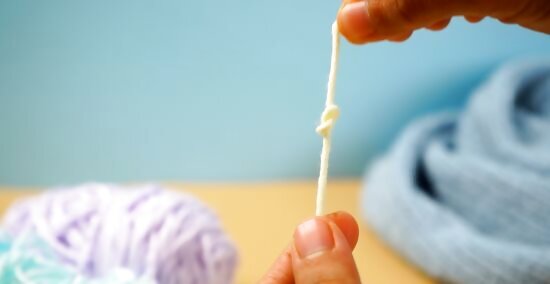
Cut 1 ft (0.30 m) of yarn or embroidery floss and tie a large knot at 1 end. If you're embroidering a lot, you may need to use more yarn or floss, but start with around 1 foot (0.30 m) so it's easier to work with. Tie a knot at 1 end that's larger than the gap between your crochet stitches. If you're using embroidery floss, use as many strands as you like. Keep in mind that sewing with 2 or 3 strands gives your embroidery a thicker, fuller appearance.
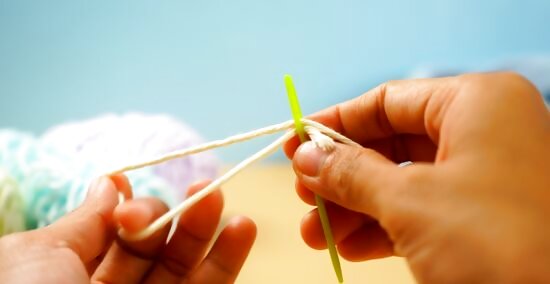
Thread an embroidery or tapestry needle. Choose a needle with a large eye so you can easily push the unknotted end of the yarn or embroidery floss through it. Pull about 3 inches (7.6 cm) through the needle and let it hang over the side. Use a plastic needle if you like working with a flexible needle or choose a metal needle for more support while you sew.
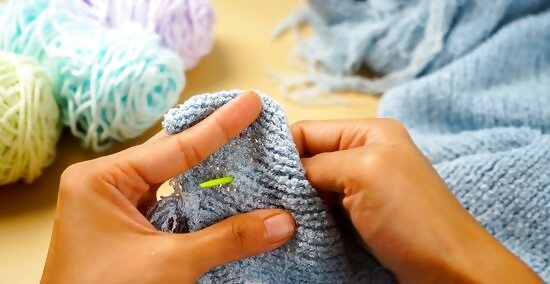
Bring the needle from the back to the front of the work. Decide where you want to make your first running stitch and push the needle from the back of the crocheted piece to the front. Keep pulling the yarn up and away to begin embroidering. Work through the gaps between the crochet stitches instead of splitting through the yarn. Don't pull so hard that the knot comes through the fabric. Instead, stop pulling as soon as the knot rests against the back of the crocheted fabric.
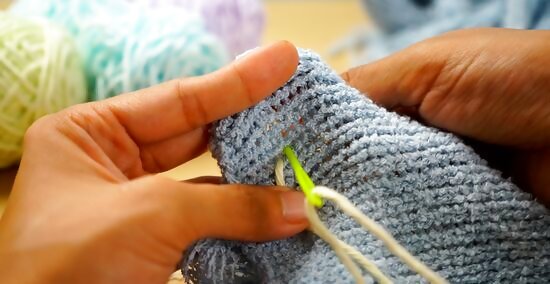
Push the needle down through the fabric to make a straight stitch. Make your stitches as long or short as you like. For example, insert your needle down into the gap that's next to your starting point. Draw the needle under the fabric and pull the yarn or floss until you see the stitch on your crocheted piece. Make your stitch in any direction from the starting point. Embroider the running stitch vertically, horizontally, or diagonally.
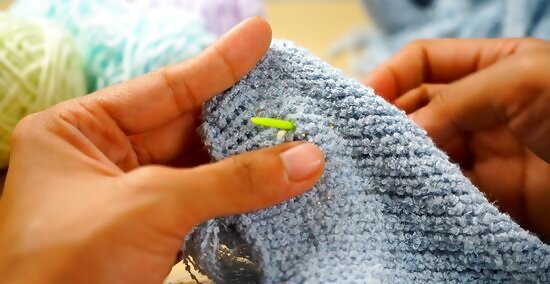
Draw the needle back up through the fabric so it's a stitch-length away. Leave a gap that's as long as the stitch you just made and push the needle back up through the fabric. Pull the needle so your yarn is fully extended from the top of the crocheted piece. If you want to leave a bigger space between your stitches, make the gap larger before you push the needle back up through the crocheted work.
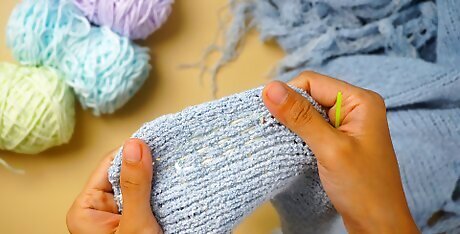
Continue to embroider the running stitch to make lines, curves, or edges. Remember to leave the same amount of space between your stitches before you make another straight stitch. The running stitch is useful for making an outline for shapes or creating letters and words. If you're making words, leave a large gap between each letter so they stand out. If you want a continuous line, bring your needle back 1 space and make back stitches across your pattern. Use the running stitch for simple flower stems, geometric designs, or shapes like hearts and stars.
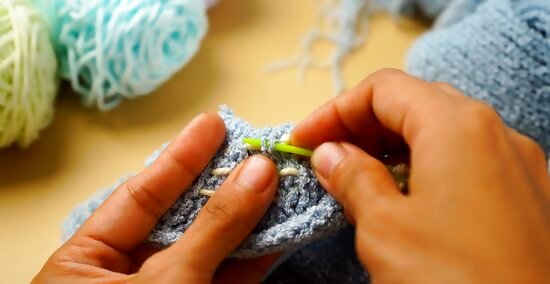
Cut the yarn or floss and tie it off before you weave in the ends. Once you reach the end of the running stitch, insert your needle through the fabric so your working yarn is on the underside of the crocheted work. Cut the yarn or floss to leave a 6 in (15 cm) tail and thread it onto a needle. Then, weave in the ends. It's important to tie off the yarn under your work so the knot is hidden.



















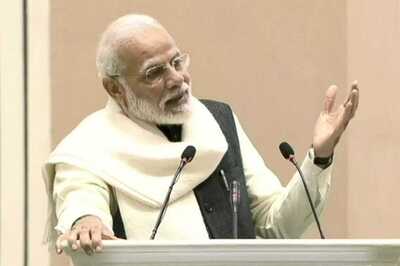
Comments
0 comment